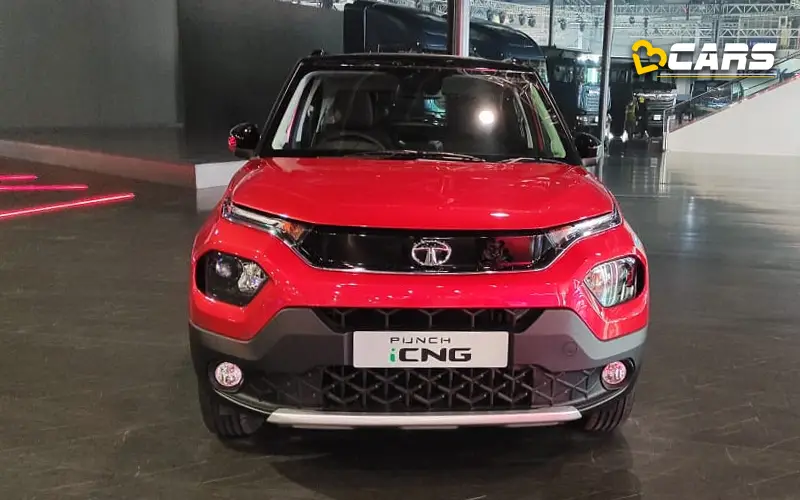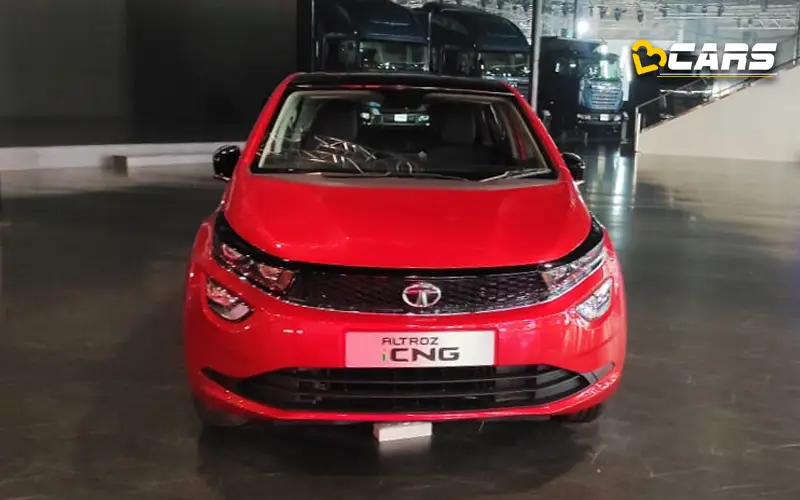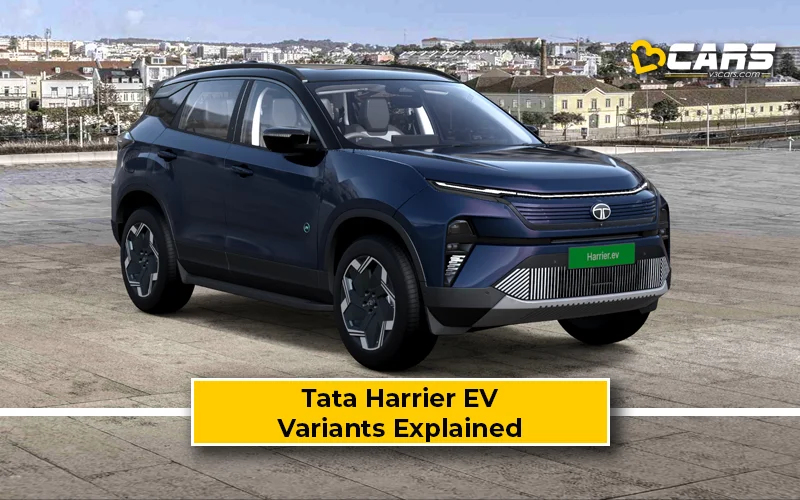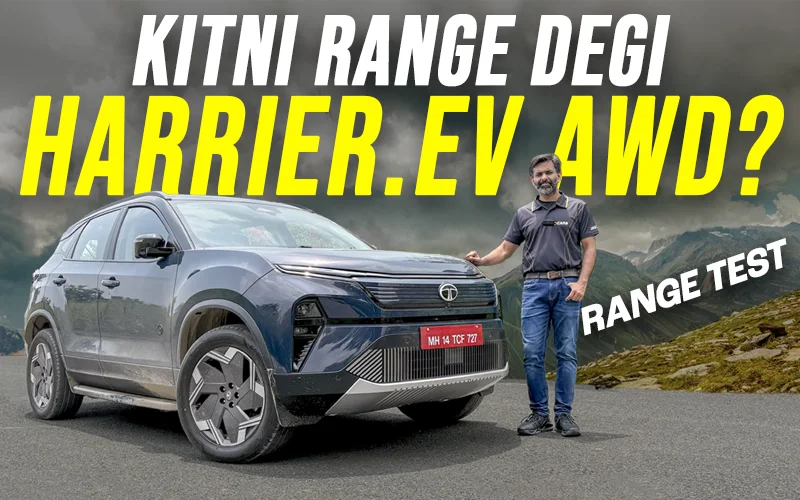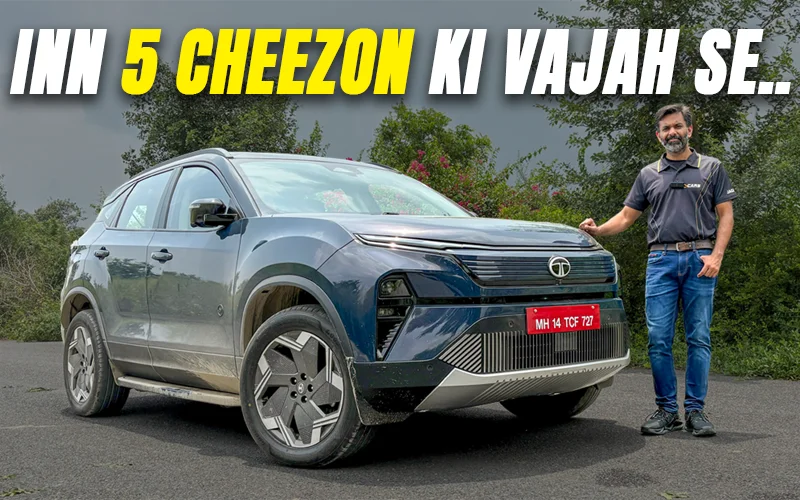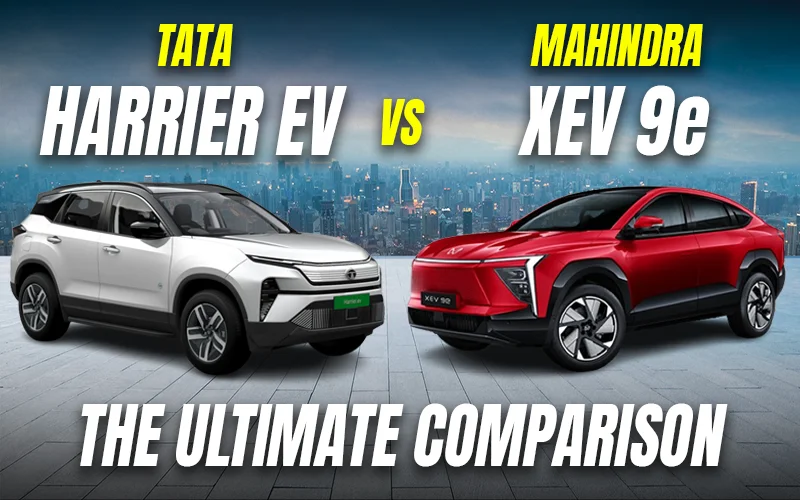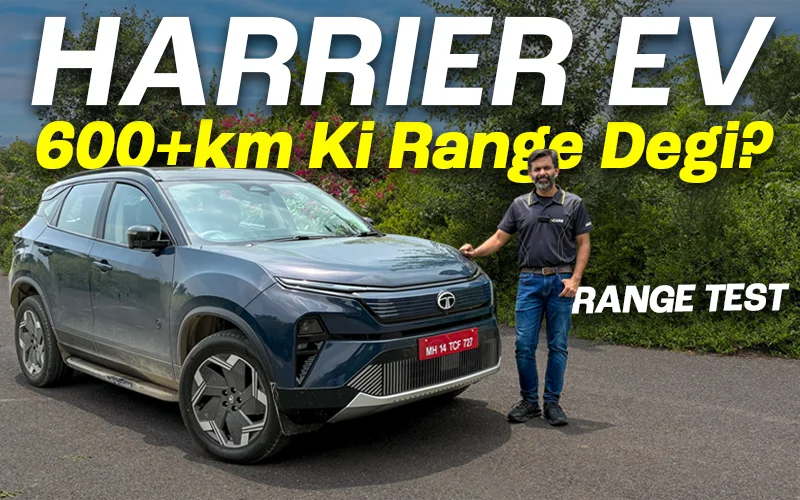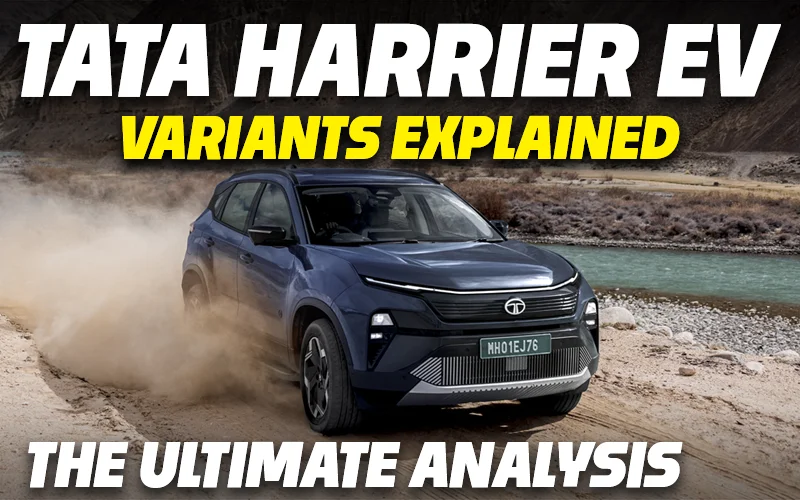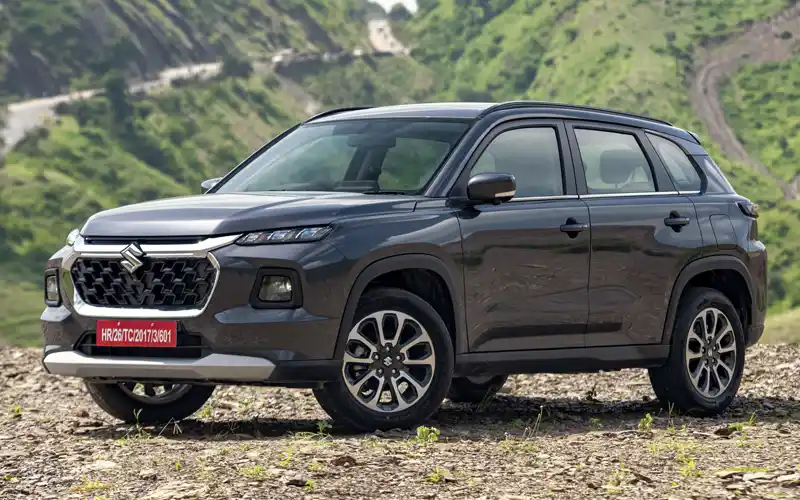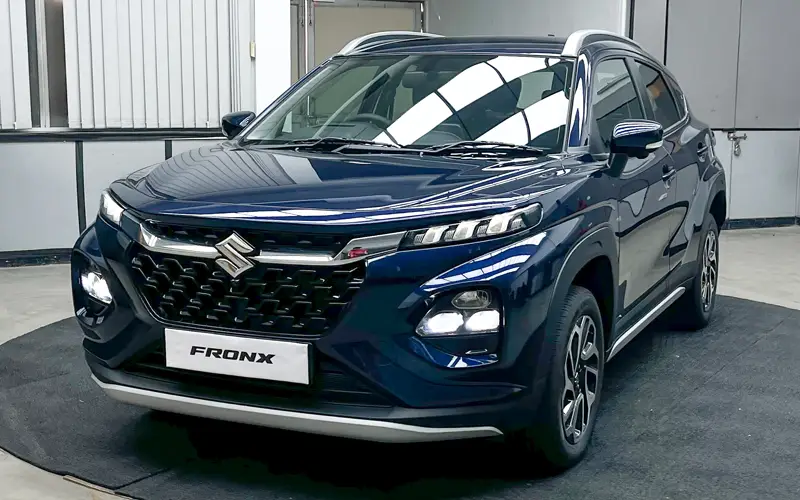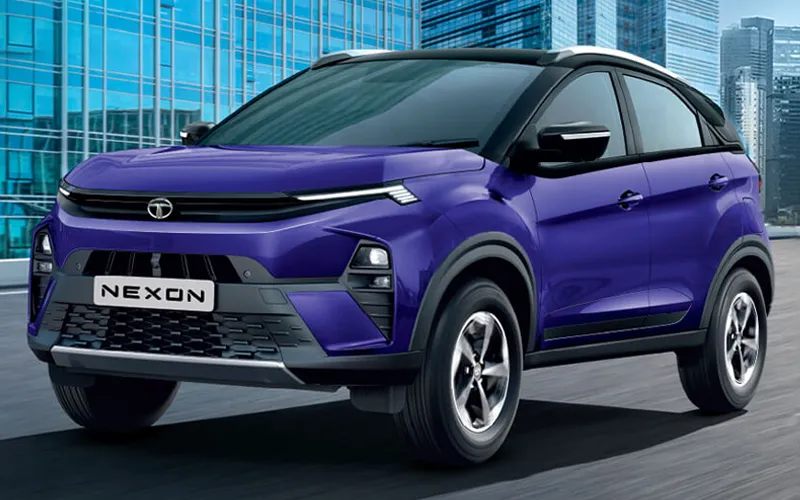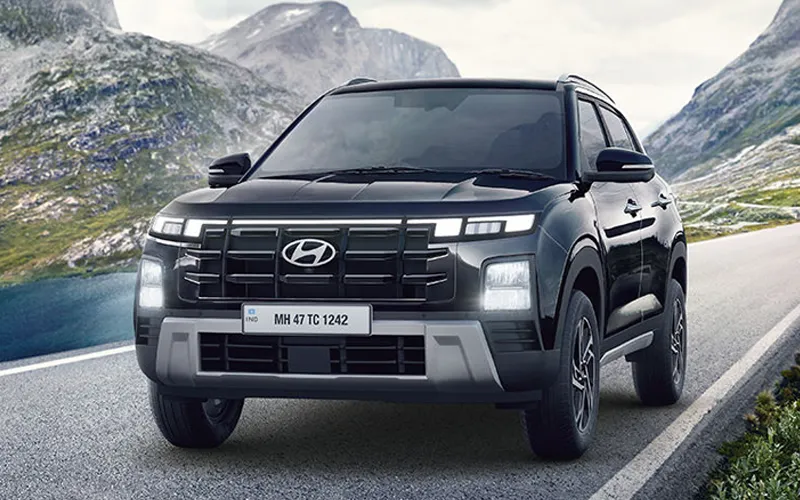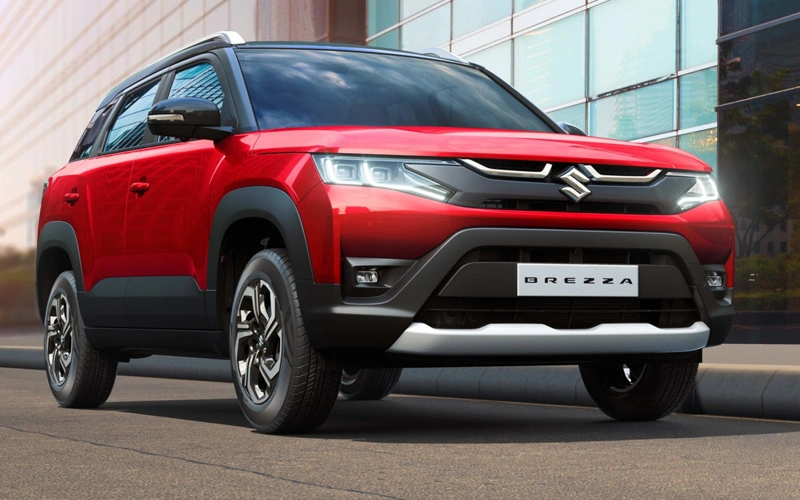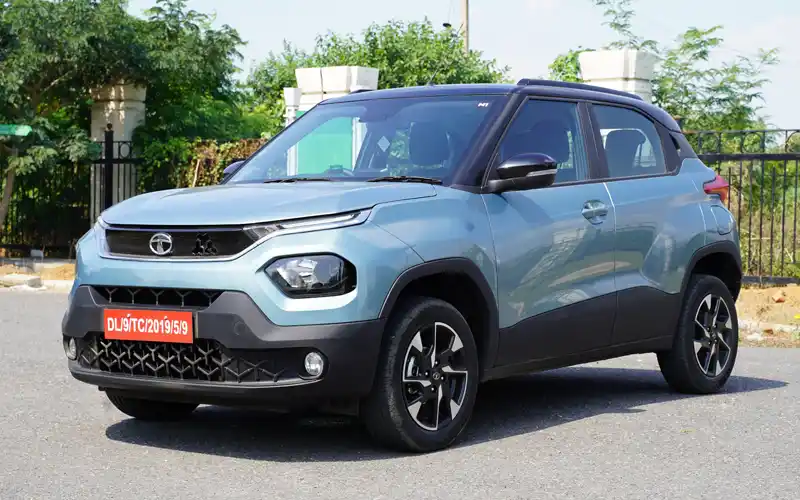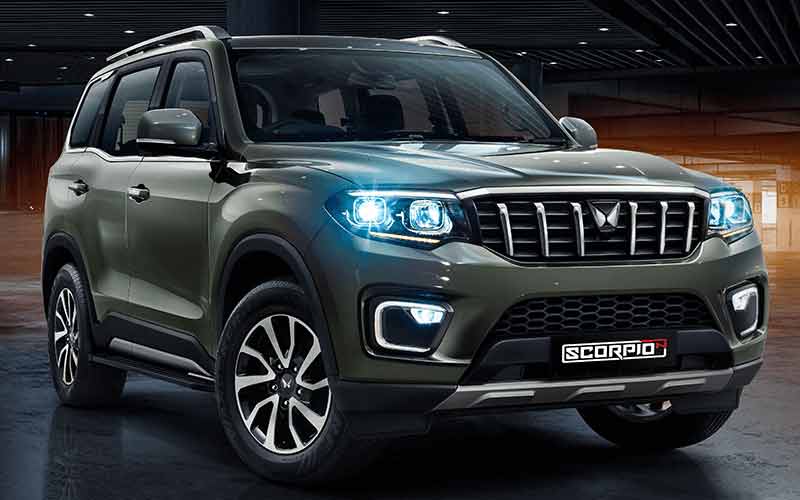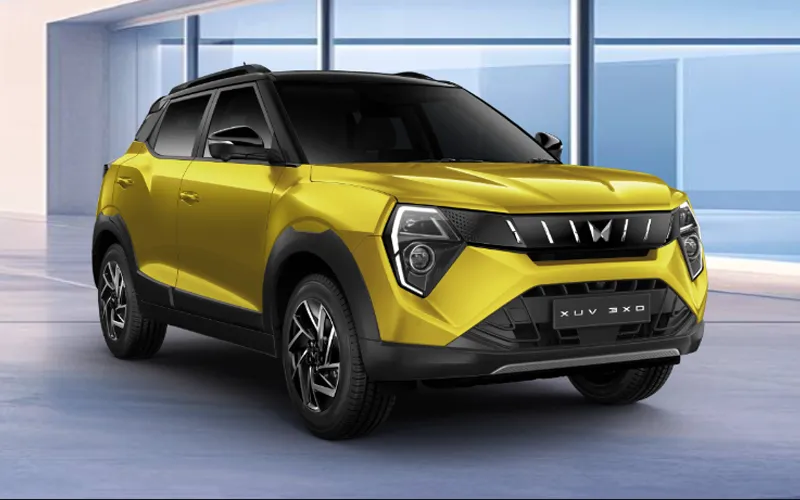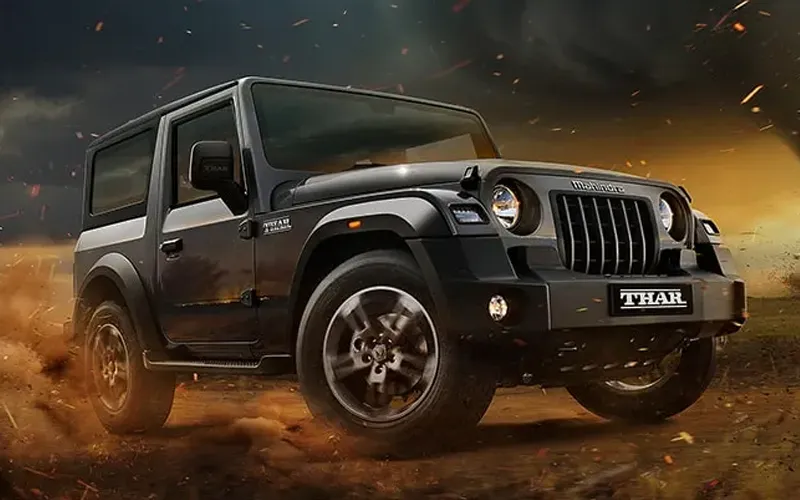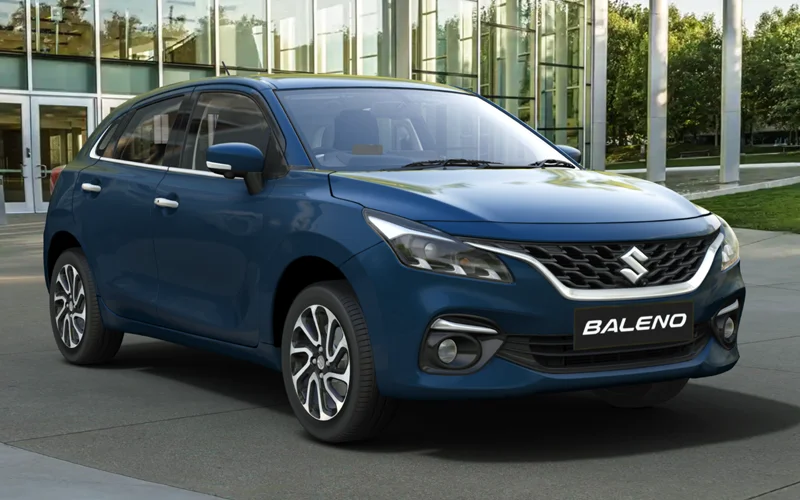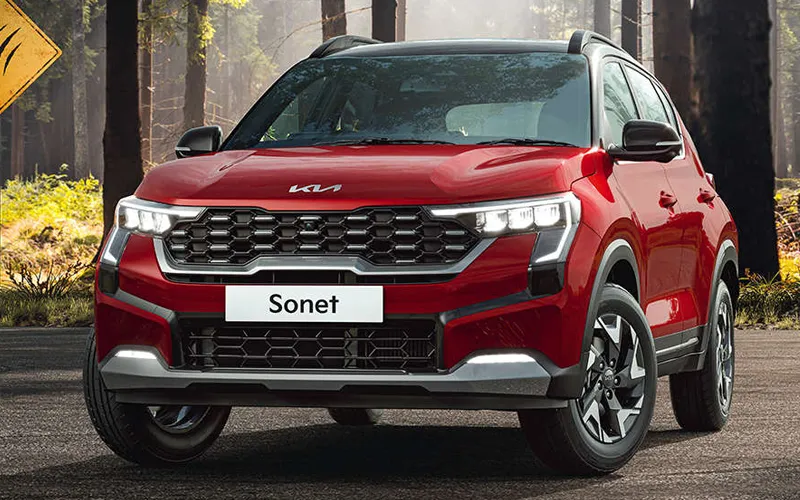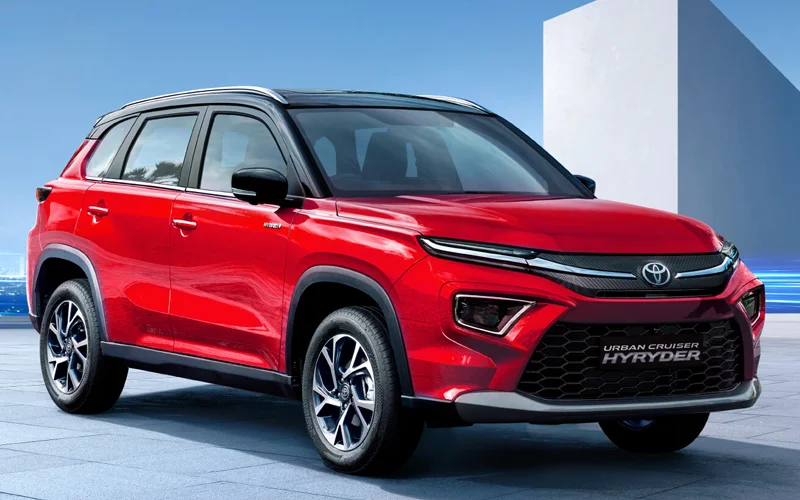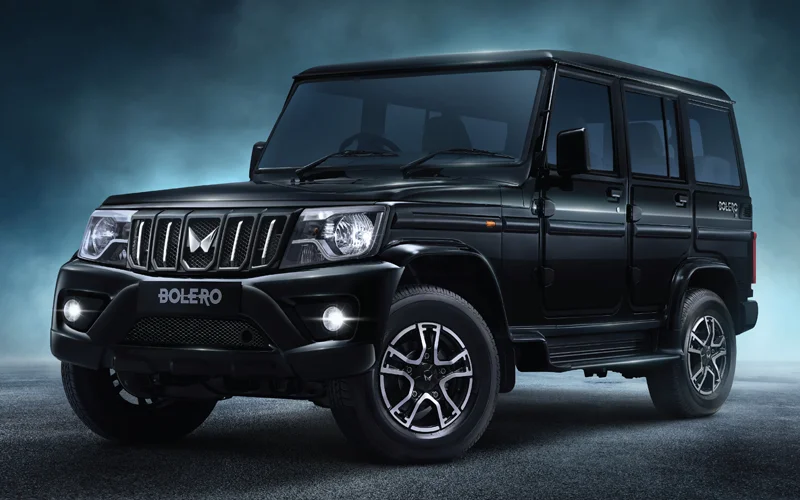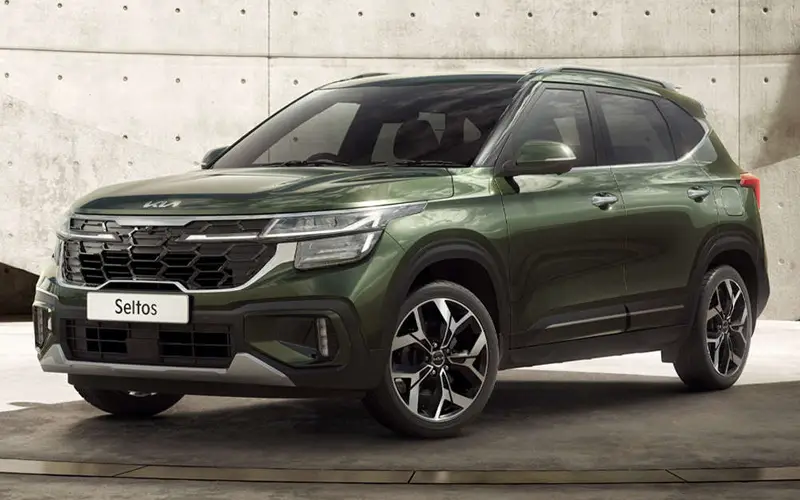Tata Harrier EV Pros & Cons
Check out pros and cons about the Tata Harrier EV that are worth highlighting for a potential buyer. Here are some of the highlights of the benefits of buying the Tata Harrier EV. We'll also list out the Harrier EV drawbacks to help you make an informed buying decision.
Harrier EV Advantanges
-
Fantastic Value-For-Money Pricing
Given the aggressive starting price of Rs. 21.49 lakh, the Tata Harrier EV has made other carmakers anxious. Tata announced the starting price of the Harrier EV early in June and soon, MG had to rush to correct the prices of their overpriced ZS EV and bring them down to reasonable levels. The Harrier EV must have also made Hyundai quite anxious as their Creta EV was already struggling with establishing itself as a dominant EV option.
Not only the starting price, but across the board, the Harrier EV is quite aggressively priced. Just look at the Adventure S variant, which offers a panoramic sunroof, rear armrest, auto headlamps, auto wipers, a larger touchscreen and a panoramic sunroof for just Rs. 50,000 more than the base trim.
Then, the option of a larger battery pack in mid spec Fearless Plus variant makes it more affordable for buyers who may not be interested in the high-end features but just want a longer range. Speaking of longer range, the incremental cost for extra 10kWh battery capacity in the longer range variants is also very reasonably priced at Rs. 1.0 lakh. In fact, it costs exactly as much as we established in our internal algorithm long back late 2021.
The value pricing doesn’t just stop there. While Mahindra ask for more than Rs. 2.0 lakh for the 4WD capabilities (Thar Roxx, Scorpio N), here, Tata are asking us to pay only Rs. 1.50 lakh. This cost not only gets you 4WD, but also more power, more torque, better acceleration and a few extra features; all without any noteworthy compromise in range.
-
Conventional Styling; Not Too Loud
Some EVs, such as, MG Comet, Windsor, Mahindra BE6, XEV 9e, are very good at announcing to the world their green credentials. But a lot of buyers don’t want to stand out so much and just want a simpler-looking electric car that blends in like the Creta Electric and all of Tata’s EV, ZS EV. The Harrier EV is good at blending in and a lot of buyers will appreciate the fact that it’s not screaming, “LOOK AT ME. I’M SPECIAL.” It has some distinct design elements and, of course, the green number plate. But it’s not a car that draws any unnecessary attention.
-
Panels & Certain Parts Sharing With Regular Harrier
The Harrier EV looks like its diesel sibling but it sits on a completely different platform. It employs Tata’s Acti.EV platform but shares the top hat with the regular Harrier EV. This strategy saves Tata a bunch of cash as they can use the same stamping tools and moulds as those used in the Harrier diesel production.
But as a potential buyer, you too stand to benefit from this strategy. The significant panel-sharing with the Harrier diesel means that even if the Harrier EV doesn’t sell in large numbers, you won’t have to wait too long for parts should you want something replaced during an accidental repair. This will not only keep the body panels and certain parts a bit more affordable but also available for much longer than usual. Because Tata have sold enough Harriers that they have a strong incentive to keep supporting them for a good while even after they significantly change the design with a generation update.
-
A Crazy 504Nm Of Peak Torque w/ 4WD
Under Rs. 30.0 lakh ex-showroom, 500Nm of torque is just insane and never heard of before from any car — electric or otherwise. Even under Rs. 40.0 lakh ex-sh, only one car manages to (barely) touch the 500Nm mark with torque figure and that is the Fortuner diesel-automatic RWD. And even the Fortuner diesel-auto RWD is no match for the Harrier EV in terms of performance.
First of all, it costs Rs. 10.0 lakh more in ex-showroom price. The on-road price difference is considerably higher.
Secondly, it’s diesel, which would probably make the life of the owner a living hell during winters in places like Delhi NCR and a few other states/cities. Thirdly, it’s 2WD/RWD while the Harrier EV is 4WD. And, finally, it’s not electric torque. With a petrol/diesel car, they need to build up the revs to start delivering the 500Nm of torque while EVs deliver all of that in an instant; pretty much as soon as you floor the accelerator.
So, 500Nm of electric car torque — especially with dual-motor 4WD — is going to feel like an airplane’s engines pushing full thrust but held back by brakes and then releasing the brakes completely and suddenly. In fact, no car under Rs. 70.0 lakh ex-sh can deliver this kind of an experience without an electric motor driving the wheels. The Harrier EV deserves serious respect for offering this kind of performance and specs at this kind of price.
-
Marks The Return Of 4WD To Tata’s Portfolio
We have highlighted this a few times in the last couple of years leading up to the launch of Harrier EV but Tata have finally addressed this concern of ours. For a carmaker known for making and selling a large number of SUVs in the Indian market, the lack of 4WD in their portfolio made their front-wheel drive “SUVs” with monocoque platforms nothing more than blown up hatchbacks. Or shall we call them, sheep in wolf’s clothing. Lack of 4WD is one thing; and a serious thing for an SUV maker. They neither had a rear-wheel drive car nor one with a body-on-frame platform on sale to at least have the illusion of being an SUV maker.
Meanwhile, even Maruti Suzuki, known for making cheap and efficient hatchbacks, have 2 cars with 4WD in their passenger car portfolio — Grand Vitara & Jimny. One of these even has a body-on-frame construction to add to the authentic SUV characteristics. And if you look further down the price range, even their Ignis is capable of 4-wheel drivetrain and it’s available with this option in some international markets. Even if Maruti don’t sell many 4WD SUVs, the presence of just 2 lends their other SUVs the character of an SUV.
As for Tata, the only 4WD SUV they make is the Safari Dicor, which is only in production in limited numbers for the defence. The older Safari doesn’t even need to meet the current BS6.2 emission norms, which made it impossible to continue selling it for personal use. So, they took it off the shelves way back in 2017.
For die hard Tata fans, the Harrier EV with 4WD marks their return to the ‘real’ SUV game after 8 long years.
-
Respectable Battery Size Options
For base as well as higher variants, the battery size options are quite respectable at 65 & 75kWh. According to our estimates, you can expect a range of around 400km with the smaller battery pack and around 450km with the larger one. After factoring in the losses during charging, you can expect to get a mileage of around 5.5kmpu. All of these figures are very respectable despite Mahindra having raised the bar with the 79kWh battery option.
While it doesn’t beat the BE6/9e in top model battery capacity, the Harrier EV’s base variant gets a 65kWh battery pack, which is about 10% larger than the base trim of the Mahindra EVs.
-
RWD Should Offer Smooth & Reliable Ownership Experience
Tata aren’t new to the EV game any more. In fact, they have quickly become a veteran in this field having sold the highest number of EVs in India. While they don’t quite have any experience making and selling rear-wheel drive EVs, with a single motor setup, they have immense expertise. This should make the RWD variants of the Harrier EV a superior pick over the Mahindra EVs, which, for better or worse, pack a crazy amount of technology.
-
Option Of Larger Battery Pack In Mid-spec RWD Variant
Manufacturers usually position their vehicles in such a way that the most desirable/useful features are reserved for higher trims. For instance, with cars starting under Rs. 20.0 lakh ex-sh and those with an engine, pretty much no carmaker in India offers an automatic transmission option with the base model. So, you have to pay for some fancier features even if you don’t find them all that useful.
Such behaviour pushes us to spend more. With battery pack options, we have seen almost all EV makers play this trick. For instance, Tiago EV 24kWh is not available in XE trim, Comet doesn’t get faster AC charging option in Executive trim, Punch EV doesn’t get 35kWh in Smart variant, Windsor gets 53kWh battery pack in both higher trims but not in the base variant, Creta Electric skips the lower 2 variants for larger battery pack. But the worst offender in this are Mahindra, who reserved the larger battery option for the top trim only while leaving others to settle for 59kWh pack, which is smaller than even the Harrier EV’s base model.
Tata’s decision to offer the 75kWh battery pack in the mid-spec variant. This forced Mahindra’s hand to start offering larger battery option in the mid-spec variants of the 9e and BE6 at Rs. 26.50 lakh and Rs. 23.50 lakh, respectively. Tata taking the fight to Mahindra’s doorsteps is a great thing for us consumers, who get better value in return.
-
Actual Unlimited Kilometre Battery Warranty
Mahindra are claiming to offer lifetime battery warranty but only guaranteeing up to 70% battery health during the first 15 years or 2 lakh km. Tata, on the other hand, are promising a minimum 80% battery health during the first 15 years and literally unlimited kilometres. Meanwhile, MG, who started this trend, have kept the exact terms to claim battery warranty a secret. Their conditions are either so poor that they would harm their reputation or they are still figuring out what to offer based on the real world conditions and the changing competitive landscape.
Harrier EV Disadvantanges
-
Ground Clearance Details Remain A Secret
Tata haven’t confirmed the ground clearance details of the Harrier EV. They usually make it public knowledge for most of their other cars. The fact that they are trying to keep it a secret suggests that it may not be all that great and certainly not one to brag about for a 4WD SUV.
-
Expect Software/Hardware Issues With 4WD Variant
Given Tata’s experience making, selling and maintaining a large number of 2WD electric cars in India, we are fairly confident of a smooth ownership experience with the Harrier EV RWD variants. However, the dual-motor 4WD variant is a different beast altogether. There’s a fair amount of new tech to calierate & align the RPMs of both motors, distribute power to each motor as needed and figuring out when to engage and disengage the front motor.
An electric car with dual-motor 4WD is so new for Tata that if you are interested in buying it, you should be prepared for some bugs related to the 4-wheel drivetrain. If you want a smoother ownership experience, then we suggest you wait a year or two and give Tata engineers enough time to sort out the bugs before you bring home a new Harrier EV 4WD.
-
6-month Service Centre Visit Is Criminally Short, Especially For An EV
For some reason — the reason being they want to make more money — Tata have gotten in the habit of asking their car owners to visit the service centre every 6-month if they wish to maintain the vehicle warranty.
First of all, this increases the service and maintenance cost of the vehicle. Because their stagg and reps may claim that they’re not changing anything, the car owners’ time & effort has some monetary value associated with it. Moreover, even these alternate service centre visits, where they claim to only check the vehicle, they have a service/labour cost — during a service, where they claim that they don’t have to do anything. It’s just a checkup, they say.
Lastly, with every visit to the service centre, the staff gets the opportunity to find and make us pay for parts that are doing just fine. Customers either agree to the job because of ignorance or out of shyness to confront the service advisor.
The fact that they have the audacity to make even their EV owners visit service centre every 6 months should raise concerns about their greed. Yearly visit to the service centre is the industry norm while electric cars should have even longer intervals since they don’t even need fluid changes all that often.
-
315Nm Torque w/ RWD Variants Is Much Less Than 9e, BE6 RWD
With the 504Nm peak torque, Tata Harrier EV 4WD has set a new benchmark in terms of price-to-performance ratio. But the RWD variants aren’t all that groundbreaking. The single motor variants have a torque output of 315Nm while the Mahindra BE6 offers a dangerously high torque output of 380Nm for an asking price of a shade under Rs. 19.0 lakh ex-sh.
-
ADAS Hardware Is Not As Advanced As That Of Mahindra EVs
The Harrier EV’s list of ADAS features are quite good but don’t expect it to perform like the Mahindra EVs. The top model of the BE6 and XEV 9e pack a lot more. The Harrier EV top variant has 12 parking sensors, 3 radars and 6 cameras to assist it with driving itself. The Mahindra EV twins have 5 radars, 12 sensors and 5 cameras. The radars are a lot more reliable at detecting obstacles from much further away while ADAS systems that heavily rely on cameras are much less reliable with identifying threats. Moreover, with the ADAS algorithm, Mahindra have some help from the best in the business, Mobileye while Tata have a non-descript ADAS system, which is either made in-house or sourced from a much less experienced supplier.
-
7.2kW Home Charger Costs Rs. 50,000
Tata are asking you to pay Rs. 50,000 more if you want a 7.2kW home charger. A quick search online will lead you to alternatives that are much cheaper and from reputable manufacturers. For instance, you can buy a 7.4kW smart home charger from Statiq for about 33k before any card discounts. Their 11kW charger is only Rs. 5,000 pricier. Exicom’s 7.5kW smart home charger is available for 35k but if you have a 3-phase power connection, then you can buy the 11kW charger for 5k more. Among other options, you have the Zevpoint 7.5kW smart home charger available for 30k. So, there’s no reason for Tata to be asking for Rs. 50,000 when the same is available in the market for around 30k.
Tata Harrier EV Expert Reviews
Tata Motors — The Only Mainstream SUV Maker With No 4WD In Portfolio — Opinion
While we have gotten used to pseudo SUVs posing as SUVs, manufacturers still find it...
Tata Nexon New Gen Engine Specifications, Mileage, Power And Torque
This article will give you details about the engine specs, like displacement, power,...
Tata Harrier EV Ground Clearance, Boot Space & Dimensions
This article will give you details about the dimensions, or length, width, height and...
Tata Punch CNG Ground Clearance, Boot Space & Dimensions
This article will give you details about the dimensions, or length, width, height and...
Tata Altroz CNG Ground Clearance, Boot Space & Dimensions
This article will give you details about the dimensions, or length, width, height and...

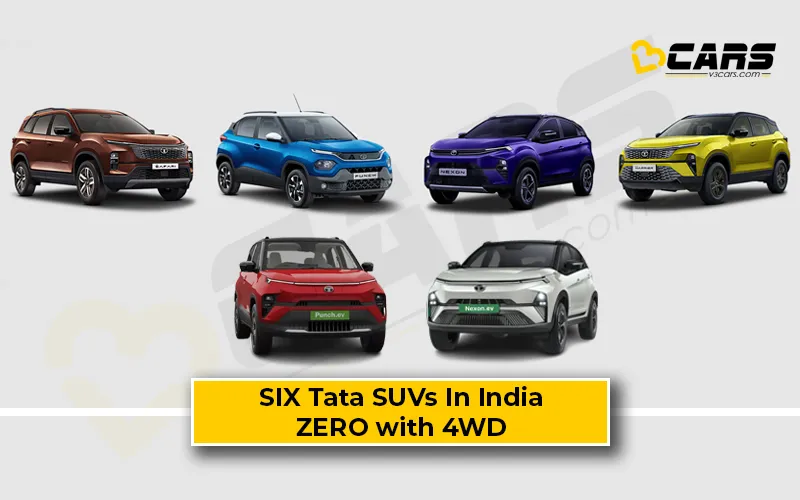
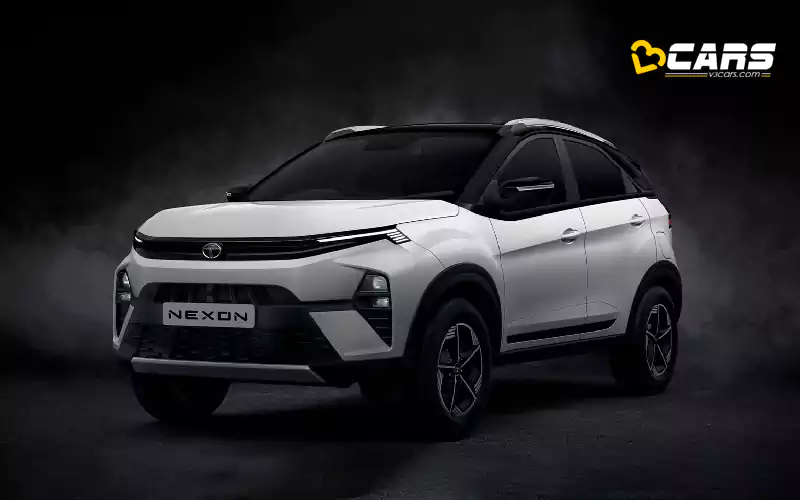
.webp)
